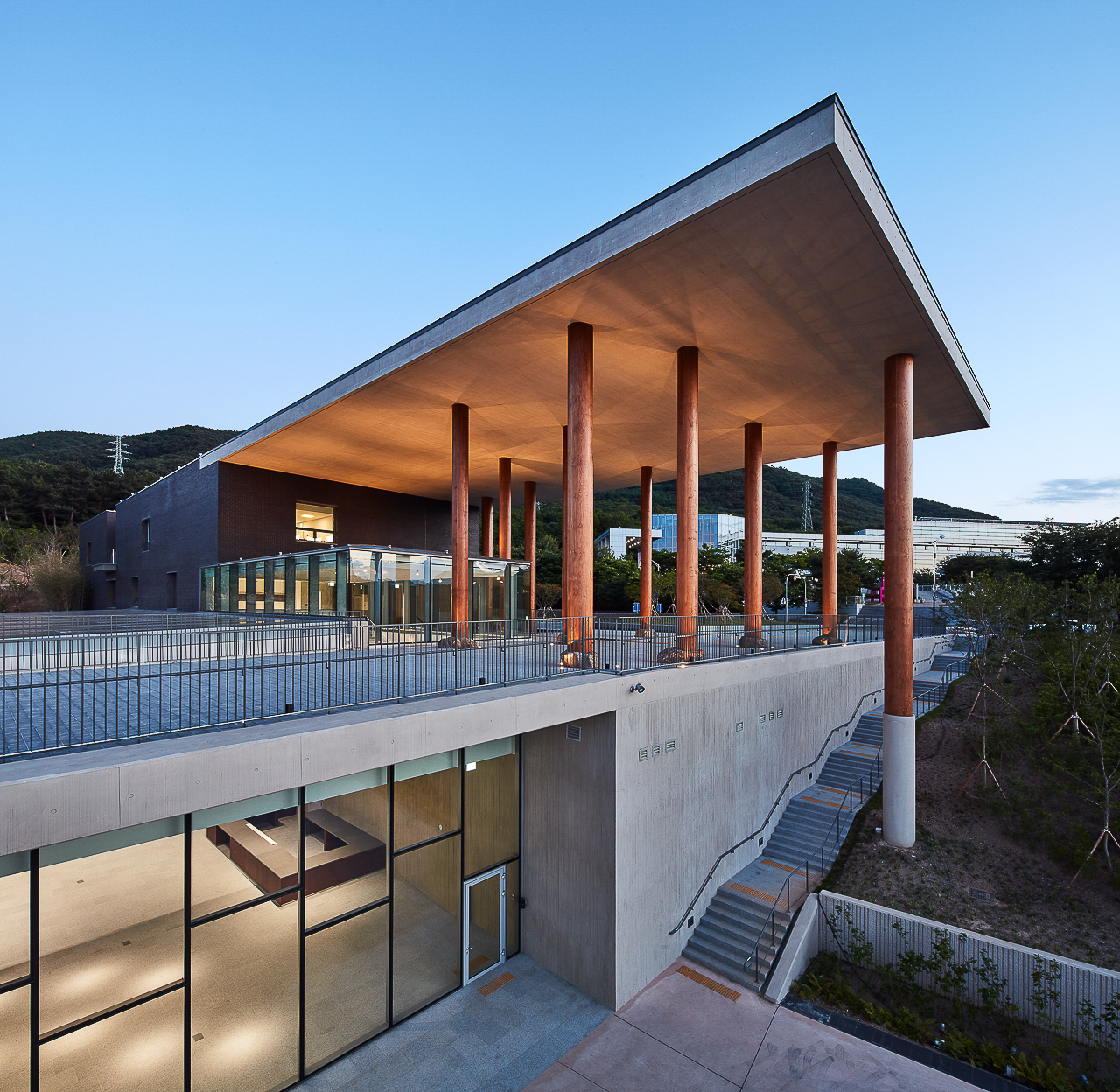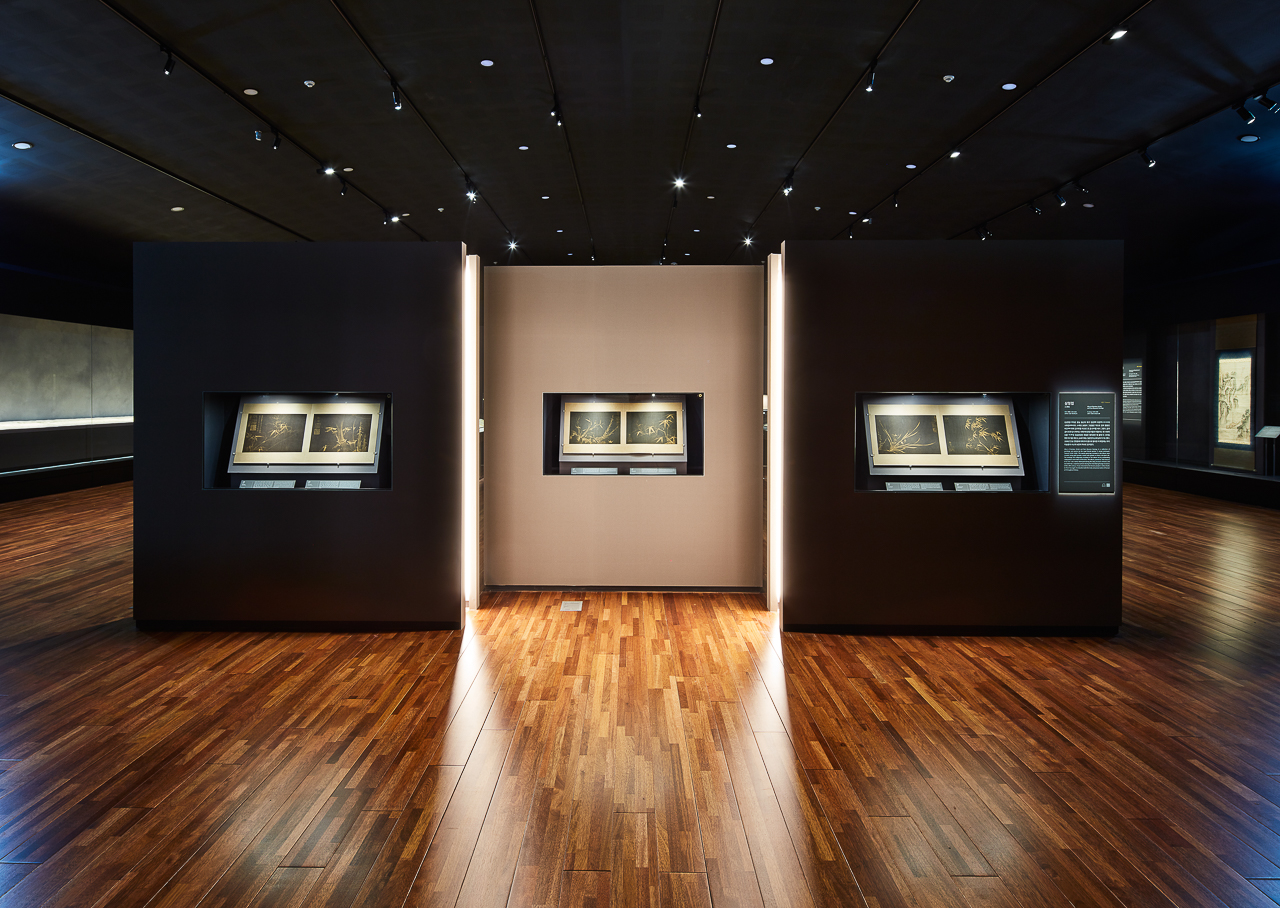SPACE October 2024 (No. 683)

Exterior view of Daegu Kansong Art Museum / Image courtesy of Kansong Art Museum Daegu / ©Kim Yongkwan

Exhibition view of Yeosedongbo / Image courtesy of Kansong Art Museum Daegu / ©Kim Yongkwan
With a grand opening set for Sep. 3 2024, the Kansong Art Museum Daegu proudly presents its opening exhibition, ‘Yeosedongbo’. The inaugural exhibition, featuring 40 valuable works including National treasure from Kansong Art and Culture Foundation (hereinafter Kansong Foundation) collection, is scheduled to welcome visitors by Dec. 1 2024. At the pre-opening press conference held on Aug. 27, Baek Insan (vice-director, Kansong Art Museum Daegu) compared the exhibition to the ‘Olympic Team marching through the opening ceremony’. From this metaphor, one realises that the exhibition is more of an introduction of the ‘frontman’ of the Kansong Foundation rather than an exhibition intended to demonstrate curatorial capabilities or programming abilities. It is not an exaggerated metaphor, as out of the 4,600-piece collection, masterpieces that represent each ‘category’ of painting, calligraphy, ceramics and Buddhist art were selected carefully. The first exhibition hall, located on the first floor, displays paintings belonging to the early collection of Kansong, Jeon Hyeongpil. Notable works from the collection include landscape paintings by Gyeomjae Jeongseon, figurative paintings by Kim Hongdo, and genre paintings by Shin Yoonbok. Shim Sajeong’s painting, The Scroll of the Difficulties of the Shu Road (1768) which has a 10m vertical length was not able to be displayed in the Kansong Art Museum (former Bohwagak) due to its impressive height. The second hall, specifically dedicated to Portrait of a Beauty by Shin Yoonbok shares similarities with A Room of Quiet Contemplation in the National Museum of Korea. The independent space allowed spectators to enjoy an immersive art experience. The main differences between those two spaces are in their size and aesthetic. First, in terms of size, if the latter is considered to be a ‘small theatre’, the former is close to a ‘booth’. Second, visitors can appreciate unique aesthetics in the elegant painting depicting feminine beauty, which is a contrasting experience from viewing the Pensive Bodhisattva statue in the National Museum of Korea. While the first floor remains in the mid-to-late Joseon Dynasty, the fourth exhibition hall located in the basement looks back to the Three Kingdoms Period. From Shilla’s Buddha statues, Goryeo celadon and Buddhist niche, to the powerful calligraphies of Kim Junghui and Lee Kwangsa, various artworks are introduced in the underground hall. Walking down to the basement, guests are able to appreciate a progressive experienced called the Acoustic House in the third exhibition hall. According to Jeong Ingun (director, Kansong Art Museum Daegu), Acoustic House, is the outcome of in-depth consideration. Its singularity lies in having the original copy of the Hunminjeongeum Haerye, a UNESCO World Heritage Site, as a part of the commission. Aside from these national treasures, new contemporary art pieces are also worthy of attention. Haeryebon Road (2024) by Song Yeseul is a sound artwork that contains a wide spectrum of voices from medieval Korean researchers to a rapping grandma. Park Seonghwan (curator, Kansong Art Museum Daegu) reviewed it as an artistic reinterpretation of King Sejong’s humanism. The project uses air vibration to represent the aura of Hunminjeongeum. Choi Moongyu(professor, Yonsei University), a principal architect who designed the building with Ga.A Architects, explained that he imagined the large exhibition space of 8,003m2 to be a large plate on which to capture Kansong’s cultural preservation vision. To illustrate his idea, during his presentation, he showed the transitional images of a decorative Hermés plate transforming into a practical ceramic plate. It was a clear and effective way to deliver his concept; the new Kangsong Art Mesuem Daegu is not a ‘dish to look at’ but a ‘dish to put in’. The architect further explained that the building followed the existing site context. Consequently, an unexpected but interesting circulation, connecting from the entrance on the first floor to the basement floor was naturally obtained. The title of the exhibition, ‘Yeosedongbo’, is an excerpt from an article written by Oh Sechang. 78 characters are engraved on the cornerstone to celebrate the establishment of Bohwagak in 1938. Among them, four letters that highlight the vision of the Kansong Foundation were selected for the title. The value of yeose (With the world) was fully realised with the opening of the Kansong Art Museum Daegu. Kansong Art Museum Daegu, including both permanent exhibitions and special exhibitions, is geared towards the public. The art museum was built on the land owned by Daegu City and was funded by local and central government. It is expected to be operated by the Kansong Foundation under the entrustment of Daegu City.





